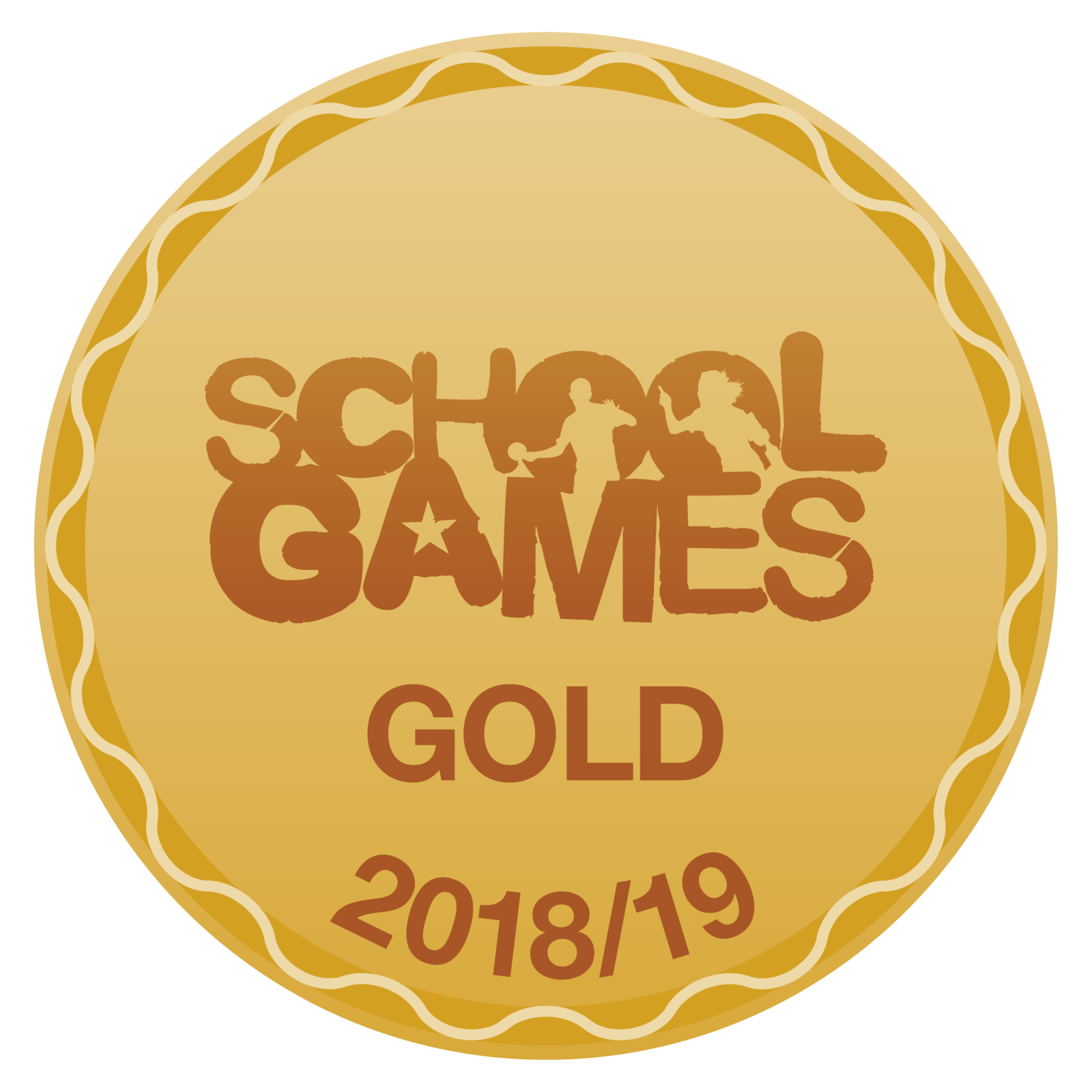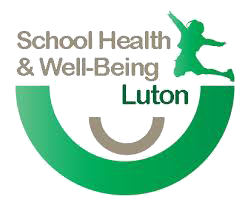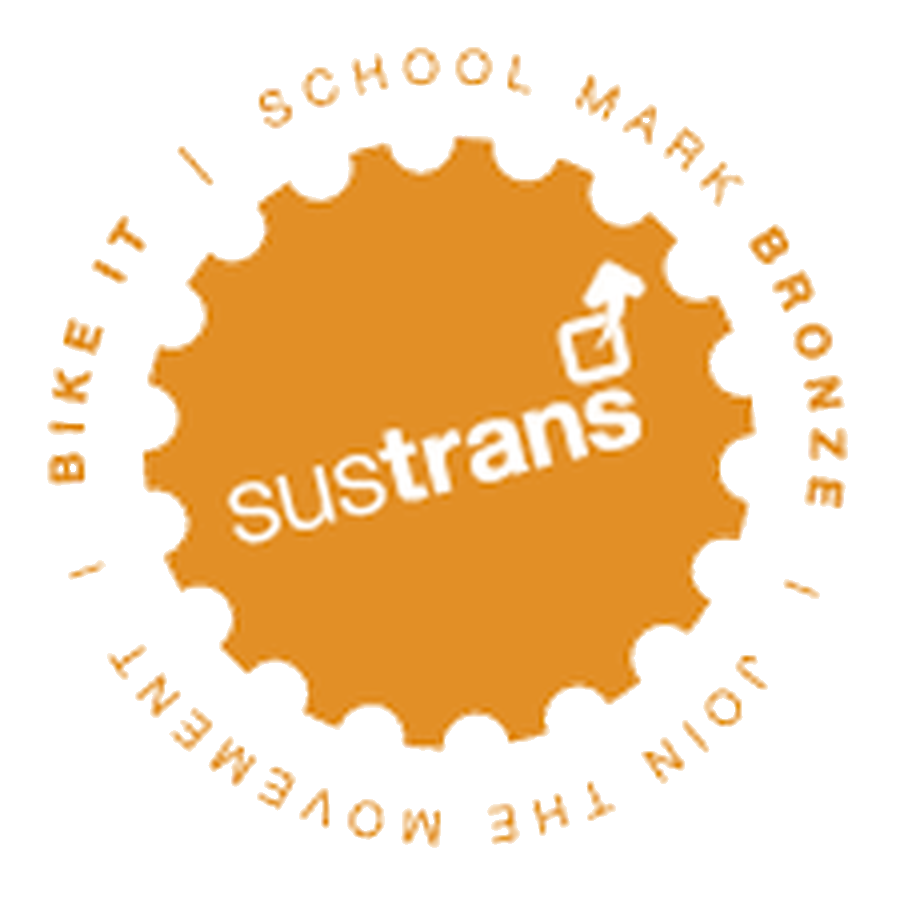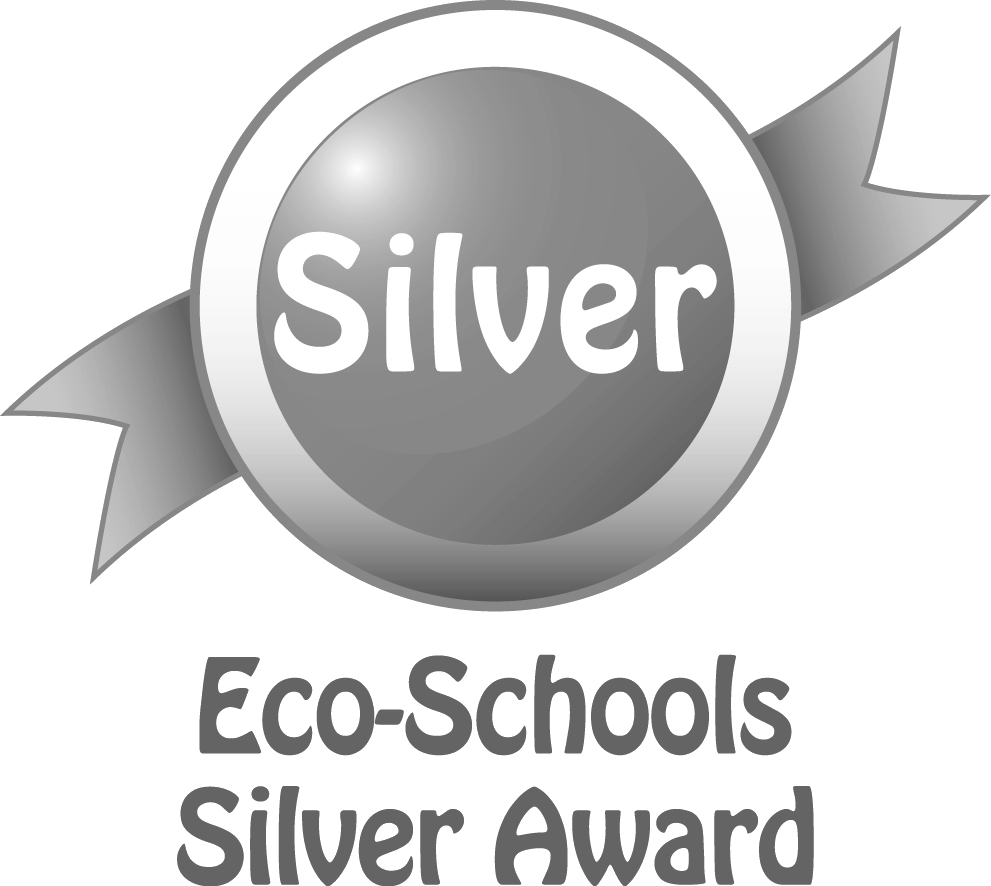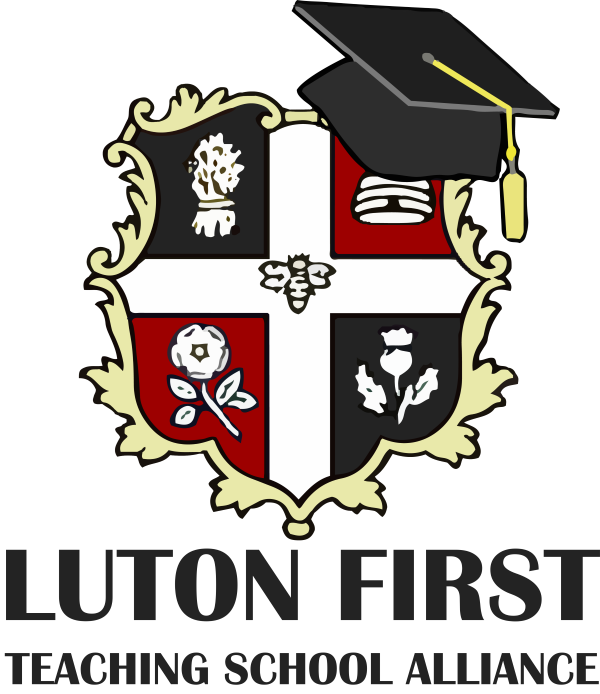Science
Curriculum Intent
At The Meads Primary School, we recognise the significance of Science in every aspect of daily life. As a core subject that is vital for growing our pupils’ knowledge and understanding of the world, we are committed to giving the teaching and learning of science the prominence it requires.
Underpinned by our core values of Resilience, Respect, Responsibility, Kindness and Joy. The Meads is dedicated to providing a stimulating and inclusive Science curriculum, that meets the requirements of the Primary National Curriculum (2014).
Aiming to ensure all pupils:
- develop scientific knowledge and conceptual understanding through the specific disciplines of biology, chemistry and physics.
- develop an understanding of the nature, processes and methods of science through different types of science enquiries that support pupils to ask and answer scientific questions about the world around them.
- are equipped with the scientific skills required to understand the uses and implications of science, today and for the future.
- recognise the role of science within their spiritual appreciation of the world
- develop the skills to consider and critically evaluate the reliability of evidence and information sources.
- use a range of methods to organise and communicate scientific information. Including the presentation of scientific findings using I.C.T., diagrams, graphs and charts.
- show respect for the equipment and resources they handle and the environments they enter, with regard to their own safety and the safety of others, including wildlife.
- are provided with opportunities for experiential learning, in the form of school trips and workshops, which provide memorable experiences linked to the science topics taught.
- grow a curiosity and passion for scientific learning and discovery.
- foster a sense of awe and wonder in the world and its place in the universe.
Science at The Meads is intended to enable all children, regardless of personal circumstance, to acquire key scientific knowledge through; practical experiences, collaborative experiments, using equipment, constructing predictions, and confidently discussing findings. Ultimately, we intend to use the teaching of science to encourage children to be inquisitive about their surroundings. We strive to provide them with skills, motivation and curiosity that lasts beyond their time at the Meads, and with them into their future places of education and the wider world.
Curriculum Coverage
EYFS
Autumn Term 1: Colour
- Explore the world and make observations of colour.
- Participate in discussions and offer ideas using scientific words
- Understand some important processes and changes in the world, including colour and how they change by mixing.
- Name and identify different colours
- Explore rainbows and shadows
Autumn Term 2: Seasons
- Explore the world and make observations of colour.
- Participate in discussions and offer ideas using scientific words
- Understand some important processes and changes in the world, including seasons and states of matter.
- Name the four seasons
- Use some scientific words to describe the environment and link it to the seasons
- Describe changes between each season and explain why some things belong in certain seasons.
Spring 1: Traditional Tales
- Offer explanations for why things might happen, making use of recently introduced vocabulary from stories.
- Understand some important processes and changes in the natural world around them, drawing on their experiences.
- Name some materials.
- Explore basic properties of materials and why it is suited for a purpose.
- Compare and describe how materials change over time and observe how the world may change in the future.
Spring 2: Animals
Recognise similarities and differences between animals in this country and in other countries.
- Explore some environments that are different to the one in which they live.
- Discuss why habitats are important to animals
- Identify some animals from specific habitats and discuss why some animals are suited to different habitats.
Summer 1: Minibeasts and Growing
- Understand important changes and processes in the natural world.
- Explore the natural world.
- Safely use and explore a variety of materials, tools and techniques.
- Identify the stages in the life cycle of a caterpillar/butterfly
- Understand that some foods that are grown and come from plants
- Name some minibeasts
- Identify some minibeast habitats
Summer 2: Under the Sea
- Explore the natural world around them, making observations and drawing pictures of animals and plants.
- Identify animal habitats.
- Group fish based on my observations
- Make observations of the natural world.
- Understand some important processes and changes in the natural world around them, including the seasons and changing states of matter.
- Understand that some things float and others sink
- Know some similarities and differences between the natural world around them and contrasting environments, drawing on their experiences and what has been read in class.
- Make observations of plants and animals
Key skills:
In the EYFS, the characteristics of effective learning from the Statutory Framework for the Early Years Foundation Stage are the foundations on which the working scientifically skills build in Key Stage 1. While children are playing and exploring, teachers will be modelling, encouraging and supporting them to do the following:
- show curiosity and ask questions
- make observations using their senses and simple equipment
- make direct comparisons
- use equipment to measure
- record their observations by drawing, taking photographs, using sorting rings or boxes and, in the EYFS, on simple tick sheets
- use their observations to help them to answer their questions
- talk about what they are doing and have found out
- identify, sort and group
- carry out simple tests
| EYFS Key Vocabulary: Plant, leaf, flower, grow, rain, sun, water, soil, seed, Head, body, eyes, ears, mouth, teeth, leg, tail, wing, claw, feathers, fur, beak, paws, heart, Wet, dry, shiny, dull, bendy, squashy, hard/soft, lumpy, wrinkly, smooth, rough, Snow, wind, rain, sun, day, night, stormy, cloudy, hot, cold, foggy, Smell, sound, sight, see, look, Push, pull, twist, stretch, turn, open, lift, squeeze, pinch, flick, tap. |
Year 1
Autumn Term 1 and 2: Animals including Humans
- Identify and name a variety of common animals including fish, amphibians, reptiles, birds and mammals.
- Identify and name a variety of common animals that are carnivores, herbivores and omnivores.
- Describe and compare the structure of a variety of common animals (fish, amphibians, reptiles, birds and mammals, including pets).
- Identify, name, draw and label the basic parts of the human body and say which part of the body is associated with each sense
Spring Term 1 and 2: Plants and Seasonal Changes
- Identify and name a variety of common wild and garden plants, including deciduous and evergreen trees.
- Identify and describe the basic structure of a variety of common flowering plants, including trees.
- observe changes across the four seasons.
- observe and describe weather associated with the seasons and how day length varies.
Summer Term 1 and 2: Everyday Materials
- Identify and name a variety of everyday materials, including wood, plastic, glass, metal, water, and rock.
- Distinguish between an object and the material from which it is made
- Describe the simple physical properties of a variety of everyday materials.
- Compare and group together a range of everyday materials on the basis of their simple physical properties.
Key Skills:
- Ask simple questions and recognise that they can be answered in different ways
- Use simple equipment to observe closely
- Perform simple tests
- Identify and classify
- Use observations and ideas to suggest answers to questions
- Gather and record data to help in answering questions
|
Year 1 Key Vocabulary: Leaf, flower, petal, fruit, berry, root, seed, trunk, branch, stem, bark, stalk, bud, Head, body, eyes, ears, mouth, teeth, leg, tail, wing, claw, fin, scales, feathers, fur, beak, paws, hooves, reptile, amphibian, mammal, Object, material, wood, plastic, glass, metal, water, rock, brick, paper, fabric, elastic, foil, rubber, wool, clay, hard, soft, stretchy, stiff, bendy, floppy, waterproof, breaks/tears, rough, smooth, shiny, dull, see-through, Weather (sunny, rainy, windy, snowy etc), Seasons (winter, summer, spring, autumn) sun, sunrise, sunset, day length |
Year 2
Autumn Term 1: Living Things and their Habitats
- Explore and compare the differences between things that are living, dead, and things that have never been alive.
- Identify that most living things live in habitats to which they are suited and describe how different habitats provide for the basic needs of different kinds of animals and plants, and how they depend on each other.
- Identify and name a variety of plants and animals in their habitats, including microhabitats.
- Describe how animals obtain their food from plants and other animals, using the idea of a simple food chain, and identify and name different sources of food.
Autumn Term 2: Everyday Materials
- Identify and compare the suitability of a variety of everyday materials, including wood, metal, plastic, glass, brick, rock, paper and cardboard for particular uses.
- Find out how the shapes of solid objects made from some materials can be changed by squashing, bending, twisting and stretching.
Spring Term 1 and 2: Animals including Humans
- Notice that animals, including humans, have offspring which grow into adults.
- Find out about and describe the basic needs of animals, including humans, for survival (water, food and air).
- Describe the importance for humans of exercise, eating the right amounts of different types of food, and hygiene.
Summer Term 1 and 2: Plants
- Observe and describe how seeds and bulbs grow into mature plants.
- Find out and describe how plants need water, light and a suitable temperature to grow and stay healthy.
Key Skills:
- Ask simple questions and recognise that they can be answered in different ways including the use of scientific language from the national curriculum
- Use simple equipment to observe closely including changes over time
- Perform simple comparative tests
- Identify, group and classify
- Use observations and ideas to suggest answers to questions noticing similarities, differences and patterns
- Gather and record data to help in answering questions including from secondary sources of information
|
Year 2 Key Vocabulary: (See Year 1 key vocabulary) + blossom, light, shade, sun, warn, cool, water, grow, healthy, Offspring, grow, adults, nutrition, reproduce, survival, water, food, air, exercise, hygiene, survival, exercise, omnivore, carnivore, herbivore, Living, dead, suited, suitable, basic need, food, food chain, shelter, move, feed, names of local habitats (e.g. pond, woodland), names of micro habitats (e.g. under logs, in bushes etc), Rigid/flexible, waterproof/absorbent, strong/weak, transparent/ opaque, shape, push/pushing, pull/pulling, twist/twisting, squash/squashing, bending, stretching |
Year 3
Autumn Term 1: Forces and Magnets
- Compare how things move on different surfaces.
- Notice that some forces need contact between two objects, but magnetic forces can act at a distance.
- Observe how magnets attract or repel each other and attract some materials and not others.
- Compare and group together a variety of everyday materials on the basis of whether they are attracted to a magnet, and identify some magnetic
- materials.
- Describe magnets as having two poles.
- Predict whether two magnets will attract or repel each other, depending on which poles are facing.
Autumn Term 2: Rocks
- Identify different rock types
- Compare and group together different kinds of rocks on the basis of their appearance and simple physical properties.
- Describe in simple terms how fossils are formed when things that have lived are trapped within rock.
- Recognise that soils are made from rocks and organic matter.
Spring Term 1 and 2: Animals including Humans
- Identify that animals, including humans, need the right types and amount of nutrition, and that they cannot make their own food; they get nutrition from what they eat.
- Identify that humans and some other animals have skeletons and muscles for support, protection and movement.
Summer Term 1: Plants
- Identify and describe the functions of different parts of flowering plants: roots, stem/trunk, leaves and flowers.
- Explore the requirements of plants for life and growth (air, light, water, nutrients from soil, and room to grow) and how they vary from plant to plant.
- Investigate the way in which water is transported within plants.
- Explore the part that flowers play in the life cycle of flowering plants, including pollination, seed formation and seed dispersal.
Summer Term 2: Light
- Recognise that they need light in order to see things and that dark is the absence of light.
- Notice that light is reflected from surfaces.
- Recognise that light from the sun can be dangerous and that there are ways to protect their eyes.
- Recognise that shadows are formed when the light from a light source is blocked by an opaque object.
- Find patterns in the way that the size of shadows can change.
Key Skills:
- Ask relevant questions and use different types of scientific enquiries to answer them
- Set up simple practical enquiries, comparative and fair tests
- Make systematic and careful observations using equipment where appropriate
- Gather, record, classify and present data in a variety of ways
- Record findings using simple scientific language presented in different ways
- Report on findings from enquiries, including oral and written explanations displays or presentations of results and conclusions
- Use results to draw simple conclusions, make predictions for new values, suggest improvements and raise further questions
- Identify differences, similarities or changes related to simple scientific ideas and processes
- Use straightforward scientific evidence to answer questions or to support findings
|
Year 3 Key Vocabulary: (See Year 2 key vocabulary) + Photosynthesis, pollen, insect/wind pollination, seed formation, seed dispersal- wind dispersal, animal dispersal, water dispersal, pollen, roots, stem, trunk, leaves, absorb, nutrients, reproduce, germination, stamen, style, Nutrition, nutrients, carbohydrates, sugars, protein, vitamins, minerals, fibre, fat, water, skeleton, bones, muscles, support, protect, skull, ribs, spine, muscles, joints, Rock, stone, pebble, boulder, grain, crystals, layers, hard, soft, texture, absorb, water, soil, fossil, marble, chalk, granite, sandstone, slate, soil, peat, sandy/chalk/clay soil, Light, light source, dark, absence of light, transparent, translucent, opaque, shiny, matt, surface, shadow, reflect, mirror, sunlight, dangerous, Force, push, pull, twist, contact force, non-contact force, magnetic force, magnet, strength, bar magnet, ring magnet, button magnet, horseshoe magnet, attract, repel. Magnetic material, metal, iron, steel, poles, north pole, south pole. |
Year 4
Autumn Term 1: Animals including Humans
- Describe the simple functions of the basic parts of the digestive system in humans.
- Identify the different types of teeth in humans and their simple functions.
- Construct and interpret a variety of food chains, identifying producers, predators and prey.
Autumn Term 2: Sound
- Identify how sounds are made, associating some of them with something vibrating.
- Recognise that vibrations from sounds travel through a medium to the ear.
- Find patterns between the pitch of a sound and the features of the object that produced it.
- Find patterns between the volume of a sound and the strength of the vibrations that produced it.
- Recognise that sounds get fainter as the distance from the sound source increases.
Spring Term 1: States of Matter
- Compare and group materials together, according to whether they are solids, liquids or gases.
- Observe that some materials change state when they are heated or cooled, and measure or research the temperature at which this happens in
- degrees Celsius (°C).
- Identify the part played by evaporation and condensation in the water cycle and associate the rate of evaporation with temperature.
Spring Term 2: Living Things and Their Habitats
- Recognise that living things can be grouped in a variety of ways.
- Explore and use classification keys to help group, identify and name a variety of living things in their local and wider environment.
- Recognise that environments can change and that this can sometimes pose dangers to living things.
Summer Term 1: Electricity and circuits
- Identify common appliances that run on electricity.
- Construct a simple series electrical circuit, identifying and naming its basic parts, including cells, wires, bulbs, switches and buzzers.
- Identify whether or not a lamp will light in a simple series circuit, based on whether or not the lamp is part of a complete loop with a battery.
- Recognise that a switch opens and closes a circuit and associate this with whether or not a lamp lights in a simple series circuit.
- Recognise some common conductors and insulators, and associate metals with being good conductors
Summer Term 2: Consolidation and Investigative skills
- Consolidate learning by revising topics previously covered
- Use ‘working scientifically’ vocabulary correctly in various contexts, ensuring they fluent in its uses and spellings.
- Research famous scientists and inventors who have made significant contributions to the topic areas covered
- Engage in practical scientific enquires and investigations
Key Skills:
- Ask relevant questions and use an understanding of different types of scientific enquiries to best answer them
- Set up simple practical enquiries, comparative and fair tests
- Make systematic and careful observations and where appropriate, take accurate measurements using standard units, using a range of equipment including thermometers and data loggers
- Gather, record, classify and present data in a variety of ways to help in answering questions
- Record findings using simple scientific language, drawings, labelled diagrams, keys, bar charts, and tables
- Report on findings from enquiries, including oral and written explanations displays or presentations of results and conclusions
- Use results to draw simple conclusions, make predictions for new values, suggest improvements and raise further questions
- Identify differences, similarities or changes related to simple scientific ideas and processes
- Use straightforward scientific evidence to answer questions or to support findings
|
Year 4 Key Vocabulary: (See Year 3 key vocabulary) + Digestive system, digestion, mouth, teeth, saliva, oesophagus, stomach, small intestine, nutrients, large intestine, rectum, anus, incisor, canine, herbivore, omnivore, Classification, classification keys, environment, habitat, human impact, positive, negative, migrate, hibernate, Solid, liquid, gas, state change, melting, freezing, melting point, boiling point, evaporation, temperature, water cycle, Sound, wave, source, vibrate, vibration, travel, pitch, volume, faint, loud, insulation, Electrical, appliance, mains, plug, circuit, component, cell, battery, positive, negative, connect/connectors, loose connection, short circuit, crocodile clip, bulb, switch, buzzer, motor, conductor, insulator, metal, non - metal, symbol, |
Year 5
Autumn Term 1: Earth and Space
- Describe the movement of the Earth, and other planets, relative to the Sun in the solar system.
- Describe the movement of the Moon relative to the Earth.
- Describe the Sun, Earth and Moon as approximately spherical bodies.
- Use the idea of the Earth’s rotation to explain day and night and the apparent movement of the sun across the sky.
Autumn Term 2: Forces
- Explain that unsupported objects fall towards the Earth because of the force of gravity acting between the Earth and the falling object.
- Identify the effects of air resistance, water resistance and friction that act between moving surfaces.
- Recognise that some mechanisms, including levers, pulleys and gears, allow a smaller force to have a greater effect.
Spring Term 1: Living Things and Their Habitats
- describe the differences in the life cycles of a mammal, an amphibian, an insect and a bird
- describe the life process of reproduction in some plants and animals
Spring Term 2 and Summer Term 1: Properties and Changes of Materials
- Compare and group together everyday materials on the basis of their properties, including their hardness, solubility, transparency, conductivity (electrical and thermal), and response to magnets.
- Know that some materials will dissolve in liquid to form a solution, and describe how to recover a substance from a solution.
- Use knowledge of solids, liquids and gases to decide how mixtures might be separated, including through filtering, sieving and evaporating.
- Give reasons, based on evidence from comparative and fair tests, for the particular uses of everyday materials, including metals, wood and plastic.
- Demonstrate that dissolving, mixing and changes of state are reversible changes.
- Explain that some changes result in the formation of new materials, and that this kind of change is not usually reversible, including changes associated with burning and the action of acid on bicarbonate of soda.
Summer Term 2: Animals Including Humans
- Describe the changes as humans develop to old age.
Key Skills:
- Plan different types of scientific enquiries to answer questions, including recognising and controlling variables where necessary
- Take measurements, using a range of scientific equipment, with increasing accuracy and precision, taking repeat readings when appropriate
- Record data and results of increasing complexity using scientific diagrams and labels, classification keys, tables, scatter graphs, bar and line graphs
- Use test results to make predictions to set up further comparative and fair tests
- Report and present findings from enquiries, including conclusions, casual relationships and explanations of and degree of trust in results, in oral and written forms such as displays and other presentations
- Identify scientific evidence that has been used to support or refute ideas or arguments
|
Year 5 Key Vocabulary: (See Year 4 key vocabulary) + Puberty, vocabulary linked to describe a range of sexual characteristics, Lifecycle, mammal, amphibian, germination, seed formation, insect, bird, pollination, life processes, plants, animals, reproduction, environment, dispersal, growth, living, eggs, and seeds, Thermal/electrical insulator/conductor, change of state, mixture, dissolve, solution, soluble, insoluble, filter, sieve, reversible/not reversible, change, permanent, burning, rusting, new material, Earth, sun, moon, Mercury, Jupiter, Saturn, Venus, Mars, Uranus, Neptune, Pluto (dwarf planet), spherical, solar system, rotates, star, orbit, planets, axis, night, day, season, galaxy, Meteorite, Force, Gravity, Earth, air resistance, water resistance, friction, mechanisms, simple machines, levers, pulleys, gears. |
Year 6
Autumn Term 1: Light
- Recognise that light appears to travel in straight lines.
- Use the idea that light travels in straight lines to explain that objects are seen because they give out or reflect light into the eye.
- Explain that we see things because light travels from light sources to our eyes or from light sources to objects and then to our eyes.
- Use the idea that light travels in straight lines to explain why shadows have the same shape as the objects that cast them.
Autumn Term 2: Animals Including Humans
- Identify and name the main parts of the human circulatory system, and describe the functions of the heart, blood vessels and blood.
- Recognise the impact of diet, exercise, drugs and lifestyle on the way their bodies function.
- Describe the ways in which nutrients and water are transported within animals, including humans.
Spring Term 1: Electricity
- Associate the brightness of a lamp or the volume of a buzzer with the number and voltage of cells used in the circuit.
- Compare and give reasons for variations in how components function, including the brightness of bulbs, the loudness of buzzers and the on/off.
- position of switches.
- Use recognised symbols when representing a simple circuit in a diagram.
Spring Term 2: Evolution and Inheritance
- Recognise that living things have changed over time and that fossils provide information about living things that inhabited the Earth millions of.
- years ago.
- Recognise that living things produce offspring of the same kind, but normally offspring vary and are not identical to their parents.
- Identify how animals and plants are adapted to suit their environment in different ways and that adaptation may lead to evolution.
Summer Term 1: Living Things and their Habitats
- Describe how living things are classified into broad groups according to common observable characteristics and based on similarities and
- differences, including microorganisms, plants and animals.
- Give reasons for classifying plants and animals based on specific characteristics.
Summer Term 2: Consolidation and Investigative Skills
- Consolidate learning by revising topics previously covered
- Use ‘working scientifically’ vocabulary correctly in various contexts, ensuring they are fluent in its uses and spellings.
- Research famous scientists and inventors who have made significant contributions to the topic areas covered
- Engage in practical scientific enquiries and investigations
Key Skills:
- Plan different types of scientific enquiries to answer their own or others’ questions, including recognising and controlling variables where necessary
- Take measurements, using a range of scientific equipment, with increasing accuracy and precision, taking repeat readings when appropriate
- Record data and results of increasing complexity using scientific diagrams and labels, classification keys, tables, scatter graphs, bar and line graphs
- Use test results to make predictions to set up further comparative and fair tests
- Report and present findings from enquiries, including conclusions, casual relationships and explanations of and degree of trust in results, in oral and written forms such as displays and other presentations
Identify scientific evidence that has been used to support or refute ideas or arguments
|
Year 6 Key Vocabulary: (See Year 5 key vocabulary) + Heart, pulse, rate, pumps, blood, blood vessel, transported, lungs, oxygen, carbon dioxide, nutrients, water, muscles, cycle, circulatory system, diet, exercise, drugs, lifestyle, Vertebrates, fish, amphibians, reptiles, birds, mammals, invertebrates, insects, spiders, snails, worms, flowering and non -flowering, Offspring, sexual reproduction, vary, characteristics, suited, adapted, environment, inherited, species, fossils, (Year 3 light vocabulary recap), Light, light source, dark, absence of light, transparent, translucent, opaque, shiny, matt, surface, shadow, reflect, mirror, sunlight, dangerous, Circuit, complete circuit, circuit diagram, circuit symbol, cell, battery, bulb, buzzer, motor, switch, voltage. |
Working Scientifically: Skills Progression Map



![]()



![]()






